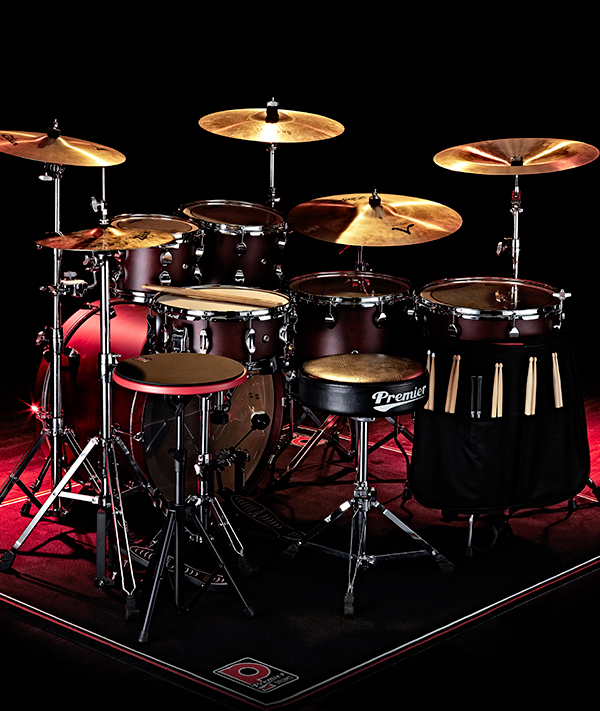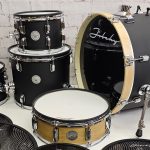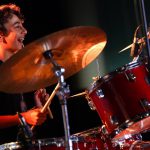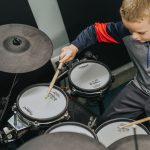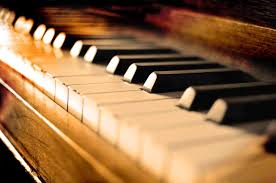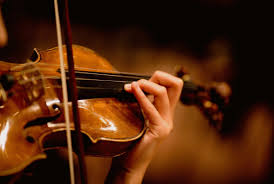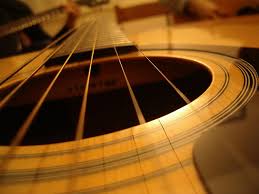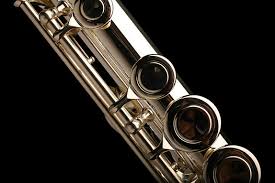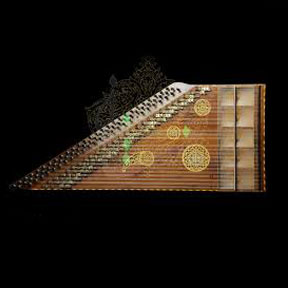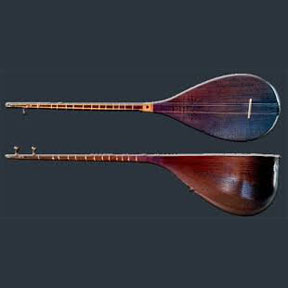Drums History of Percussion Instruments
Percussion instruments are among the oldest and most diverse types of instruments in the history of music. These instruments have been used since ancient times for communication, religious ceremonies, and emphasizing rhythm in music. Over time, the role of percussion instruments in music has evolved from a supporting element to one of the main and influential components. By the 20th century, percussion instruments, particularly in modern and experimental music, gained a prominent position. Composers of this period extensively utilized the diverse sonic potentials of these instruments and even created compositions entirely dedicated to percussion instruments, such as “Ionisation” by Edgard Varèse.
Physical Structure
Orchestral percussion instruments are played by hand or with mallets or sticks. Some of these instruments produce sound by being shaken or struck. These instruments are generally divided into two main categories: those with a definite pitch and those without a definite pitch.
Definite Pitch Instruments: This category includes instruments that can produce specific notes, such as the timpani, celesta, glockenspiel, chimes, and xylophone.
Indefinite Pitch Instruments: This category includes instruments that do not produce specific notes and are primarily used to create rhythm and sound effects, such as the snare drum, cymbals, bass drum, gong (tam-tam), tambourine, and triangle.
The sound in percussion instruments is produced by the vibration of a stretched membrane or surface, or by bars and plates made of metal, wood, or other sound-producing materials. Some of these instruments, like the bass drum and cymbals, can produce very powerful sounds, but their sound diminishes quickly. Percussionists in orchestras often play multiple different instruments and play a crucial role in creating dynamic and rhythmic climaxes in the music.
Despite recent efforts to use percussion instruments more extensively, their application in Western music still falls short of the variety and depth seen in African and Asian music. In these cultures, percussion instruments play a much more prominent role and are used to produce subtle rhythmic changes and vibrant sound colors.
Drums are usually played by striking with the hand, a beater attached to a pedal, or with one or two sticks with or without padding. A wide variety of sticks are used, including wooden sticks and sticks with soft beaters of felt on the end. In jazz, some drummers use brushes for a smoother, quieter sound.

